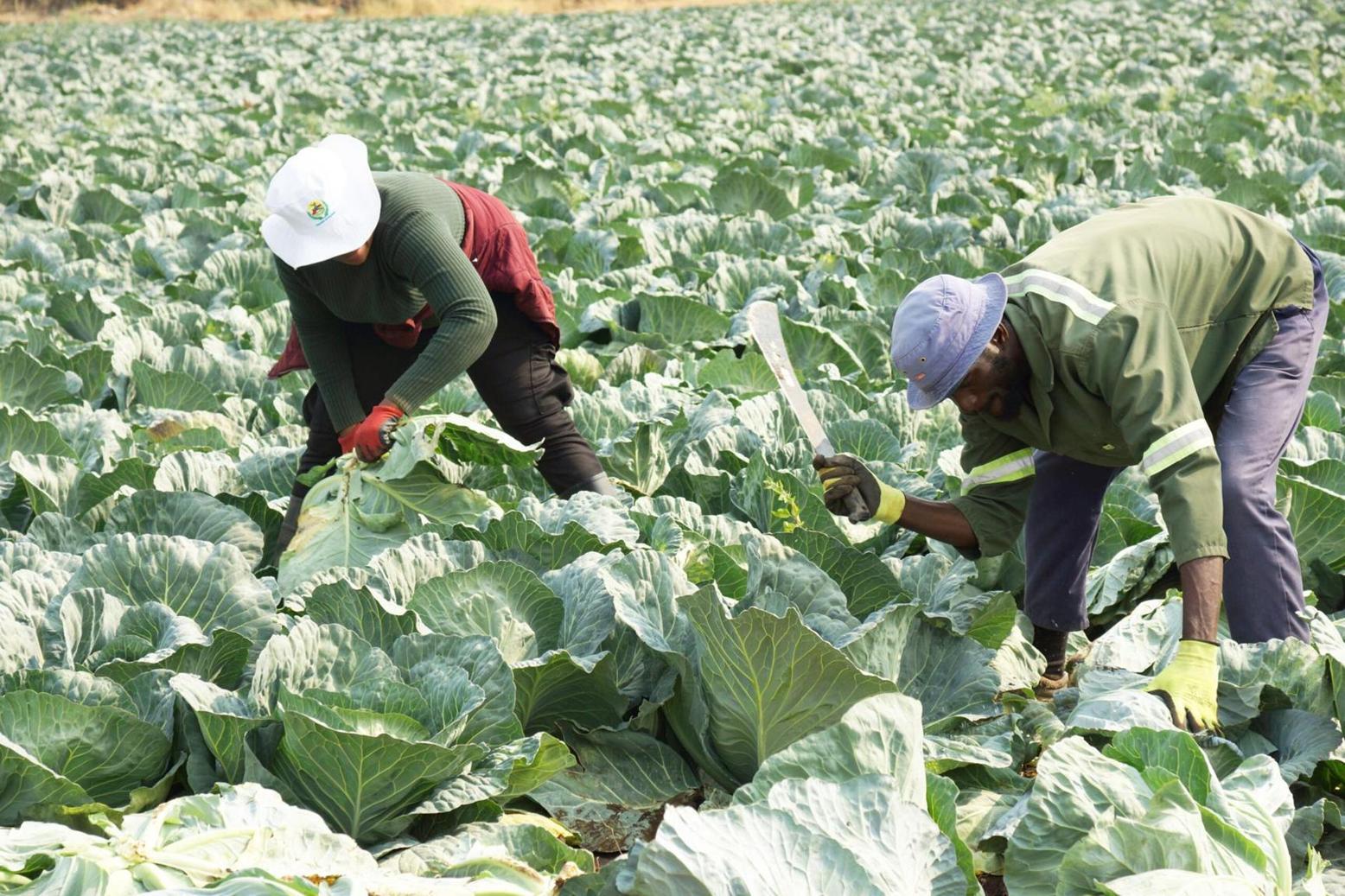Africa-Press – Namibia. Improved climate conditions, government policy and strategic interventions as well as strong drought-mitigating strategies played a crucial role in Namibia’s reclassification as a hunger hotspot.
Namibia has since been removed from the Food and Agriculture Organisation (FAO) of the United Nations and the World Food Programme (WFP) 2025 lists of the World Hunger Hotspots.
The identification of hunger hotspots is based on a forward-looking analysis that highlights where acute food insecurity is most likely to significantly worsen. This process is grounded in consensus among food security experts, conflict analysts and specialists in economics and natural hazards from both FAO and WFP at headquarters and in the field.
FAO and WFP, which are both UN agencies, release annual lists of the world’s most severe hunger hotspots.
These include countries and territories where acute food insecurity is likely to worsen during a specific outlook period.
In its latest report, the two agencies reclassified Namibia as a more stable and food-secure country, which saw it being removed from the 2025 World Hunger Hotspots list along with Lesotho, Malawi, Mozambique, Zambia and Zimbabwe.
“Although these countries are no longer considered hotspots for the outlook period, future climatic shifts could lead to their reclassification,” the report states.
In Southern Africa, although climatic conditions have improved compared to 2024, when the region experienced widespread and intense drought, a combination of flooding, cyclones and dry spells in some areas is likely to continue posing a significant risk to food insecurity.
The classification process is grounded in consensus among food security experts, conflict analysts and specialists in economics as well as natural hazards from both FAO and WFP in the field.
The hotspot identification is informed by an initial prioritisation using a set of quantitative and qualitative indicators.
In other jurisdictions, the report shows that acute food insecurity is likely to worsen across 13 countries and territories identified as hotspots. As such, urgent humanitarian action is needed in these hotspots, with Sudan, Palestine, South Sudan, Haiti and Mali being the highest of concern and requiring urgent attention. Yemen, the Democratic Republic of Congo, Myanmar and Nigeria are also classified as hotspots of very high concern and require urgent attention to prevent further deterioration of livelihoods.
The other identified hotspots are Burkina Faso, Chad, Somalia and the Syrian Arab Republic.
Interventions
Last year, Namibia faced one of its worst and most crippling droughts ever recorded, with farmers countrywide losing hundreds of livestock and crop fields.
As part of its strategic intervention, the government provided a budget of N$1.6 billion through its drought relief programme, which helped shield 1.2 million drought-stricken citizens from a looming hunger crisis.
Through the allocation, the government was able to reach an estimated 373 276 households nationwide, which translated into 41% of the country’s population.
The budget was rolled out in multiple phases of drought aid, which included food assistance to vulnerable households, cash incentives for livestock farmers and water provision for drought-hit communities.
The protracted drought also saw the country’s aggregated cereal production of white maize, sorghum, pearl millet and wheat decrease by 53%, while dam levels countrywide dropped to an alarming 69.7%.
As a result of the diminishing crop output and declining dam levels, there was a significant deterioration in household food security in various regions of the country for most of last year.
Additional government interventions to turn around the situation included providing drought-resistant seeds and modern agricultural training to communal farmers, increasing capacity-building initiatives for agricultural extension officers and expanding hydroponic fodder production across all regions.
The State also continued with monitoring key factors such as staple commodity prices, inflation impacts, seasonal rainfall patterns and the potential effects of La Niña to mitigate future crises as well as ensure timely and effective humanitarian assistance.
Statistics
In its July/September 2024 report, the Integrated Food Security Phase Classification (IPC) stated that about 1.2 million people, which is about 38% of Namibia’s population, were classified in IPC Phase 3 (Crisis) or above.
This necessitated urgent humanitarian assistance to mitigate food consumption gaps and protect livelihoods.
The analysis was conducted in three phases.
The first phase was in October 2023, the second between April and June 2024 and the last phase from July to September 2024.
Despite slight improvements, the food security situation in the country was expected to deteriorate during the lean season of October 2024 to March 2025.
It was anticipated to affect an estimated 1.2 million people.
The IPC report attributed the ongoing crisis to several key factors, including climate shocks, particularly the impact of El Niño, which led to erratic rainfall and prolonged drought, severely affecting crop and livestock production across all 14 regions of Namibia.
The report highlighted deteriorating livestock conditions, with some regions such as Kunene suffering significant livestock deaths due to disease outbreaks and poor condition of pastures.
It warned that national food levels are critically low, with silos holding just 15% of their total capacity as of June 2024, further underscoring the severity of the crisis.
For More News And Analysis About Namibia Follow Africa-Press






